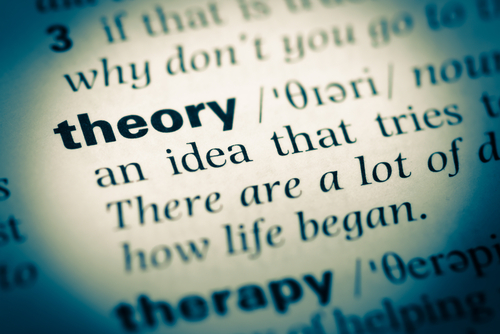Group
3’s EOTO was on these different theories: illusory truth effect, confirmation
bias, gatekeeping, agenda setting, overton window and spiral of science. These
theories have to do with the media and how it communicates to the people.
The
illusory truth effect is a theory where people are most likely to believe statements
that are repeated are the truth while statements that aren’t repeated are untruthful.
This theory has come back to relevance within this era of fake news. Many believe
this theory is the reason behind people believing fake news on social media. Once
people hear this news over and over again, they are prone to believe it no
matter where it came from.
Confirmation bias is a theory where people only seek information that aligns with that person’s views. This theory shows how people only want to hear
what they want to hear and won’t give other opinions a listening ear. This is
relevant today, especially in politics. We see this all the time all over social
media. Some people are so determined to defend their favorite politician, only
listening to information that goes along with their opinion without hearing the
opinions of those opposing that politician. Yes, that referred to *you know
who*.
The
gatekeeping theory is the idea of media outlets filtering information, deciding
what the audience should know. This is basically the job of a journalist, but
they have been under fire lately for doing this. Gatekeeping in journalism has
also been difficult due to the increase of sharing/reporting news on social
media by non-journalists. There have been many times that I go on social media
and see people reporting news that they say the media doesn’t show.
Agenda
setting is a theory where whatever issues the media decides to focus on, the people
perceives those issues as important. The media influences how the public sees
an issue. According to this agenda setting theory source, the OJ Simpson case
is a great example of the role of agenda setting. Think about it, that case has
been all over the news and still is talked about today. The more they reported
on it, the more the public saw how important it was and that’s why it’s still a
part of society today.
The
overton window theory is the understanding of how political opinions change
over time. At one point in history, these opinions were looked down upon but
now are widely accepted (and vice versa). The example group 3 used in their
presentation was same-sex marriages. Same-sex marriages are now legal but at
first were denied.
The
spiral of silence theory is a theory that people’s will to discuss their
opinions normally decrease once they find out it’s an unpopular opinion. This leads
to people staying silent and not expressing how they truly feel. Staying silent
comes from the natural fear of feeling left out or misunderstood. It’s
important that people feel welcome to voice their opinion because we can learn
from our mistakes. Everyone’s opinion makes the world go around.
These
theories of how we communicate are all very interesting. I really enjoyed this
presentation not only because they were interesting, but because as an aspiring
journalist, I have to keep some of these theories in mind as I’m spreading news
around the world.

No comments:
Post a Comment